Looking to hire cost accountants in India in 2025? This concise guide is your strategic roadmap for sourcing, evaluating, and...
Read MoreLeave Management
Leave Management System
AI-Driven Leave Management for Accuracy & Efficiency
Leverage AI for real-time leave tracking, automated approvals, and predictive workforce planning. Say goodbye to manual leave management and scheduling conflicts!
- Save hours with auto-generated leave management reports
- View detailed history of leaves taken and balance calculation
- Improve productivity through a global calendar to record all leaves
Book a Demo
At Glance
Smart Leave Management. Now Faster and More Efficient!
India's #1Rated Platform for Payroll & all Statutory Compliances on G2










Why Limit Leave Management? Get Full Flexibility with Asanify!
Managing leave shouldn’t be complicated. With Asanify’s AI-powered Leave Management System, you get a seamless, customizable, and fully automated leave tracking experience.
One Solution for All Your Leave Management Needs
Employees take leave for various reasons—medical, vacation, parental, or emergency. A well-structured leave policy ensures fairness, flexibility, and compliance. With Asanify’s AI-powered Leave Management System, you get seamless customization to match your business requirements
- Flexible Leave Policies – Configure policies with 50+ customizable parameters to fit your organization’s needs
- Multiple Leave Schemes – Set up custom leave entitlements for different employee groups, locations, and departments
- Unlimited Leave Types – Manage all types of leave, including PTO, sick leave, parental leave, and more.
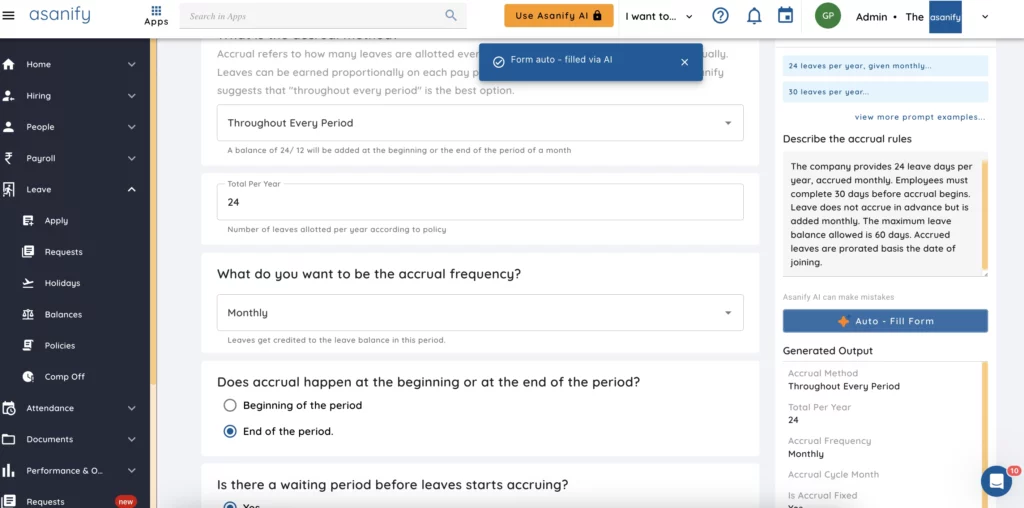
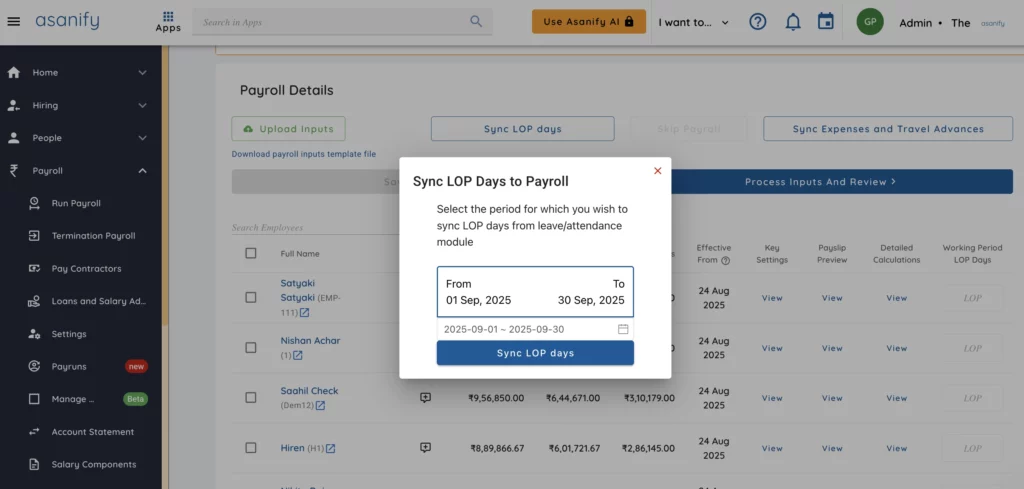
AI-Powered Attendance – Accurate, Efficient, and Stress-Free
Define your leave policies once, and let Asanify’s AI-powered Leave Management System handle the rest—automated leave tracking, approvals, and compliance without manual intervention.
- Seamless Payroll Integration – Auto-sync leave data for error-free salary processing.
- Automated Year-End Leave Processing – Close the leave cycle with a single click.
- Carry Forward & Lapse Rules – Set policies for leave carryover or expiry as per company norms.
- Instant Leave Grants – Effortlessly assign leave balances to new employees or existing teams.
- Leave Encashment Management – Automate leave encashment calculations and payouts
No Hassle, No Worries With Asanify's AI-Powered ESS
Empower employees with seamless online leave management using Asanify’s Employee Self-Service (ESS) portal. Minimize leave-related queries and let employees manage their leave effortlessly.
- AI-Driven Automation
- Self-Service Leave Requests
- Real-Time Leave Tracker
- Custom Workflows & Approvals
- Instant Alerts & Notifications
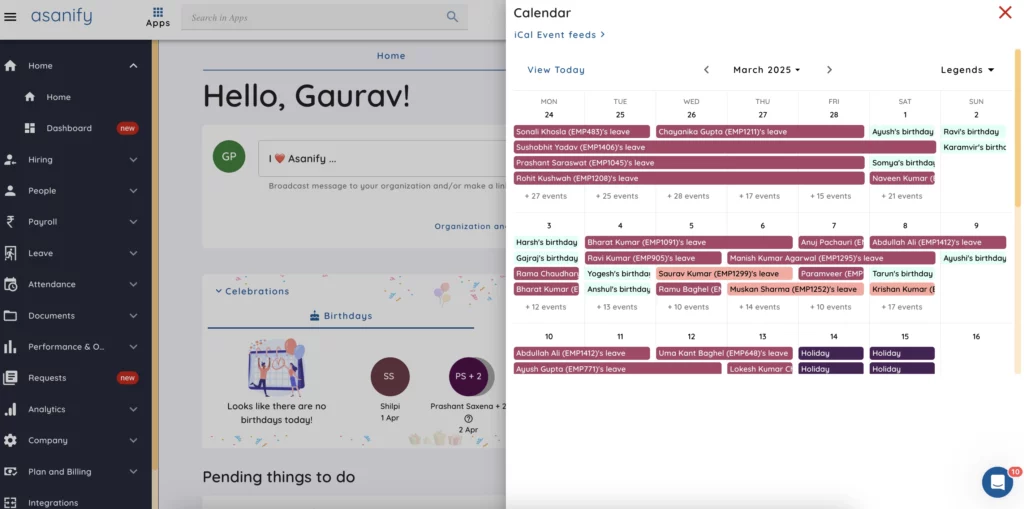
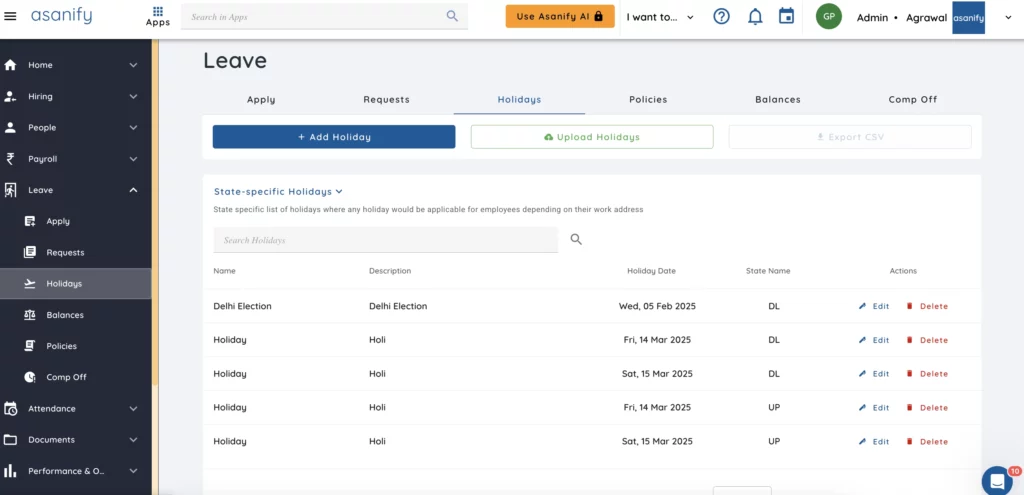
Statutory Compliance – Simple, Seamless, and Stress-Free
Forget the complexity of leave-related statutory compliance—Asanify ensures everything is handled accurately and on time.
- Automated Compliance Reports – Maintain detailed leave records as per government regulations.
- Custom Holiday Lists – Configure region-specific holiday lists for a diverse and distributed workforce.
Turn Leave Data into Actionable Business Insights
Leverage AI-powered analytics to transform leave data into business-critical insights that enhance productivity and profitability. With Asanify’s Leave Management System, make informed decisions effortlessly.
- Prevent Revenue Loss – Identify leave trends and curb unnecessary payroll leakages.
- Monitor Employee Well-Being – Track absenteeism and promote a healthier work environment.
- Encourage Time-Off Balance – Prevent burnout by ensuring employees take necessary breaks.

Meet the clients who made us No.1

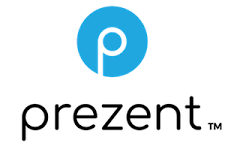



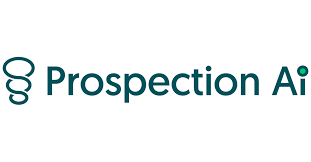
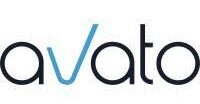
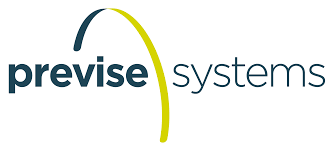
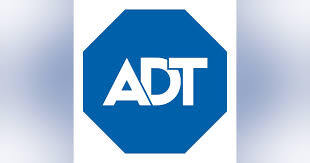



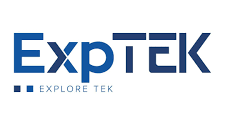

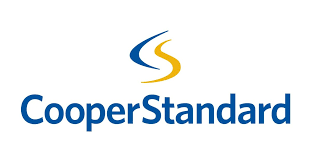
What our happy customers say

Asanify's, should be the number 1 choice for companies looking to pay their overseas employees and contractors. I have a team of 40 people in India and not for a single month have i experienced any delays in the payment process.

In my business, things happen fast, and requirement for new employees is sudden. In such a situation a trusted partner like Asanify comes in handy as I know I can quickly ramp with onboarding and employee formalities diligently taken care of.

As a global company, we go through M&As in countries where we do not have presence. In India, we quickly onboarded ~30 employees as part of a takeover. With Asanify's turnaround time the overall change was managed brilliantly.

Asanify’s expertise when it comes to Local Compliances is something I have benefitted extensively from. Whether its Employee-Contractor classification, or the local laws for employee benefits and working hours - I trust the guidance provided.

Apart from using EOR services, I find a lot of value in the fully automated Asanify HRMS. For me, it makes it absolutely comfortable that I can access all my HR inforation anytime, anywhere and on any platform - Slack, Whatsapp etc.

My employees are in India, while I am based in Dubai and the co. in the US. Managing time zones is a huge challenge for us. Working with global partners like Asanify ensures that all my payments, and query resolutions are done in time.

It is paramount that my employees are well taken care of. Asanify goes above and beyond In terms of employee benefits, salary structuring to make it more tax friendly and constant guidance. For over a year with Asanify’s EOR, I have had no reason to feel disappointed.
Read some of our useful Blogs on Leave Management
Hire Budget Analysts in India (2025): A Strategic Guide for Global Finance Leaders
In 2025, hiring budget analysts in India presents global finance teams with an ideal opportunity to access highly skilled professionals...
Read MoreHire DevOps Engineers in India (2025): Global Hiring Guide
In today’s cloud-first world, DevOps engineers are the backbone of efficient, scalable software delivery. As global tech companies increasingly embrace...
Read MoreSome Frequently Asked Questions on Leave Management
What is Asanify’s Leave Management System?
Asanify’s AI-powered Leave Management System automates leave tracking, approvals, and compliance, helping businesses efficiently manage employee time-off without manual effort.
Can I customize leave policies for different employee categories?
Yes! You can configure custom leave rules, accrual policies, and entitlements for different teams, locations, and employment types.
How do employees apply for leave?
Employees can apply for leave via web portal, mobile app, or even WhatsApp, making it accessible from anywhere.
Does Asanify integrate leave data with payroll?
Yes! Leave records auto-sync with payroll, ensuring accurate salary calculations and compliance with statutory regulations.
Can managers track team leave and approve requests?
Absolutely! Managers get a real-time dashboard to monitor leave balances, view team availability, and approve or reject requests with a single click.
Does the system send leave alerts and notifications?
Yes! Employees and managers receive instant email and mobile notifications for leave requests, approvals, and upcoming time-offs.
Can employees see their leave balance and history?
Yes! Employees can track leave balances, previous leaves, and upcoming holidays through the self-service portal.
Does Asanify support statutory leave compliance?
Yes! The system automatically maintains compliance with local labor laws, generates reports, and helps manage mandatory leave entitlements.
Can I generate reports on leave trends and employee absence?
Yes! Asanify provides AI-powered analytics and reports on leave trends, absenteeism, and workforce productivity insights.
How easy is it to set up Asanify’s Leave Management System?
It’s quick and hassle-free! Our team assists with fast setup, policy configuration, and seamless integration with your existing HR and payroll systems.


